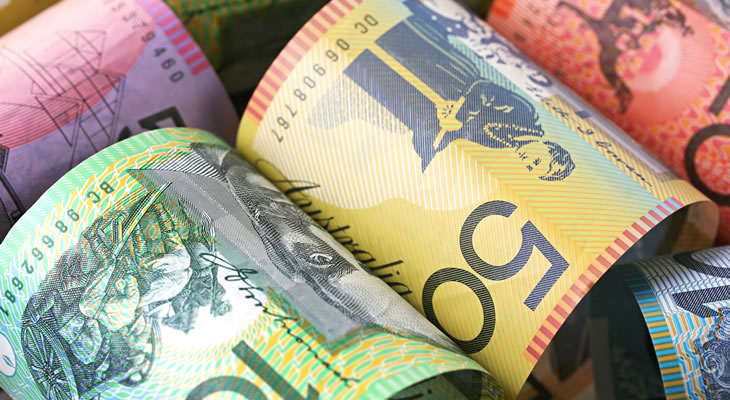May’s UK services PMI did little to improve confidence in the outlook of the economy, putting fresh pressure on the Pound.
Investors were discouraged that the index had dipped further than forecast, falling from 55.8 to 53.8 as the service sector failed to replicate the resurgent growth of both the manufacturing and construction sectors.
This prompted the Pound Australian Dollar exchange rate to trend lower on Monday morning, adding to political jitters ahead of the snap general election.
However, as Chris Williamson, Chief Business Economist at IHS Markit, noted:
‘Despite slower growth in May, the surveys indicate that the economy has regained some momentum in the second quarter. The three PMI surveys are running at levels that are historically consistent with GDP growing at a robust 0.5% rate, albeit with the slowing in May posing some downside risks to the near-term outlook.’
Nevertheless, the outcome of the election is likely to provoke increased volatility for GBP exchange rates regardless of the actual result.
Even if the Conservatives return to power with an increased majority the uncertainty surrounding the imminent Brexit negotiations is set to maintain some degree of downside bias for the Pound for the foreseeable future.
Any signs of souring relations between UK and EU officials could prompt the Pound Australian Dollar exchange rate to extend its losses sharply.
The mood towards the Australian Dollar remained relatively bullish ahead of the latest Reserve Bank of Australia (RBA) policy meeting, meanwhile.
Although the Australian services PMI dipped from 53 to 51.5 the appeal of the antipodean currency held steady, despite the weaker showing indicating a fresh loss of momentum within the sector.
Even so, the index remains above the neutral baseline of 50, signalling that the service sector is still solidly in growth territory.
This encouraged investors to pile back into the ‘Aussie’, especially as May’s TD Securities inflation estimate pointed towards another uptick in inflationary pressure on the year.
However, the GBP AUD exchange rate could find a rallying point if the RBA proves more dovish in tone.
While any return to a monetary loosening bias seems unlikely if policymakers express continued worry over the state of the domestic housing market this could encourage renewed Australian Dollar bearishness.
On the other hand, any indications that the central bank is taking a more upbeat view on monetary policy and the health of the Australian economy could see the GBP AUD exchange rate trending lower.


Comments are closed.